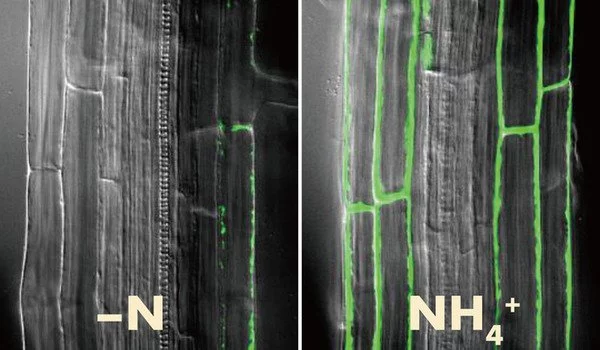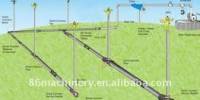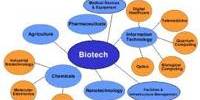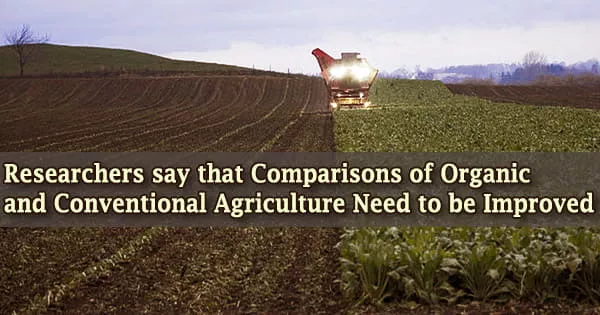Plants require nitrogen for growth, but too much or too little nitrogen can have negative effects on their growth and overall health. Therefore, plants have developed sophisticated mechanisms to control nitrogen use and uptake from the soil.
Nitrogen is such an important nutrient for plants that massive amounts of nitrogen-containing fertilizer are applied to farmlands all over the world. Excess nitrogen in the soil and in drainage run-off into lakes and rivers, on the other hand, causes serious ecological imbalances. A recent study discovered the regulatory mechanisms at work when plants use nitrogenous fertilizers in their roots, which is a positive step toward developing crops that require less fertilizer while still producing the yields required to feed the world.
Understanding gene and protein control systems that regulate nitrogen use by plant roots could aid in the development of crops that require less nitrogenous fertilizer to produce acceptable yields. Plant biochemist Soichi Kojima and colleagues at Tohoku University discuss their findings and future plans in an article in the journal Frontiers in Plant Science.
One of the primary goals of modern agricultural research is to develop crops that can grow healthily without requiring as much added nitrogen. Energy from vast quantities of fossil fuels is currently needed to convert nitrogen in the air into ammonium for fertilizers.
Soichi Kojima
Nitrogen is such an important nutrient for plants that massive amounts of nitrogen-containing fertilizer are applied to farmlands all over the world. These fertilizers primarily contain nitrogen as ammonium ions (NH4 +), the chemical form of nitrogen that plant roots prefer. Excess nitrogen in the soil and runoff into lakes and rivers, on the other hand, causes serious ecological imbalances, including algal blooms that de-oxygenate water and kill fish and other aquatic life.
“One of the primary goals of modern agricultural research is to develop crops that can grow healthily without requiring as much added nitrogen,” Kojima says. He goes on to say that there are significant economic and environmental incentives behind this goal, noting: “Energy from vast quantities of fossil fuels is currently needed to convert nitrogen in the air into ammonium for fertilizers.”

The researchers worked with the small flowering plant thale cress (Arabidopsis thaliana), a common species used for laboratory studies in plant science.
“Taken together, our results reveal, at the genetic level, regulatory mechanisms at work when plants utilize nitrogenous fertilizers in their roots,” says Kojima.
The team’s next step is to see if the processes they discovered in Arabidopsis are shared by other plant species, particularly major crop plants like rice and cereals. If this is confirmed, plant breeders and geneticists may be able to develop crops that require much less fertilizer while still producing the yields required to feed the world. Improving the production or activity of amino acid-producing enzymes may be the key to success.
Plants also have the ability to recycle nitrogen from old plant tissues back into new growth. This process, known as remobilization, allows plants to conserve nitrogen and use it efficiently. For example, when leaves fall off a plant, the nitrogen in those leaves is broken down and stored in the plant’s roots. When new growth starts, the plant can then use that stored nitrogen to support its growth.
















